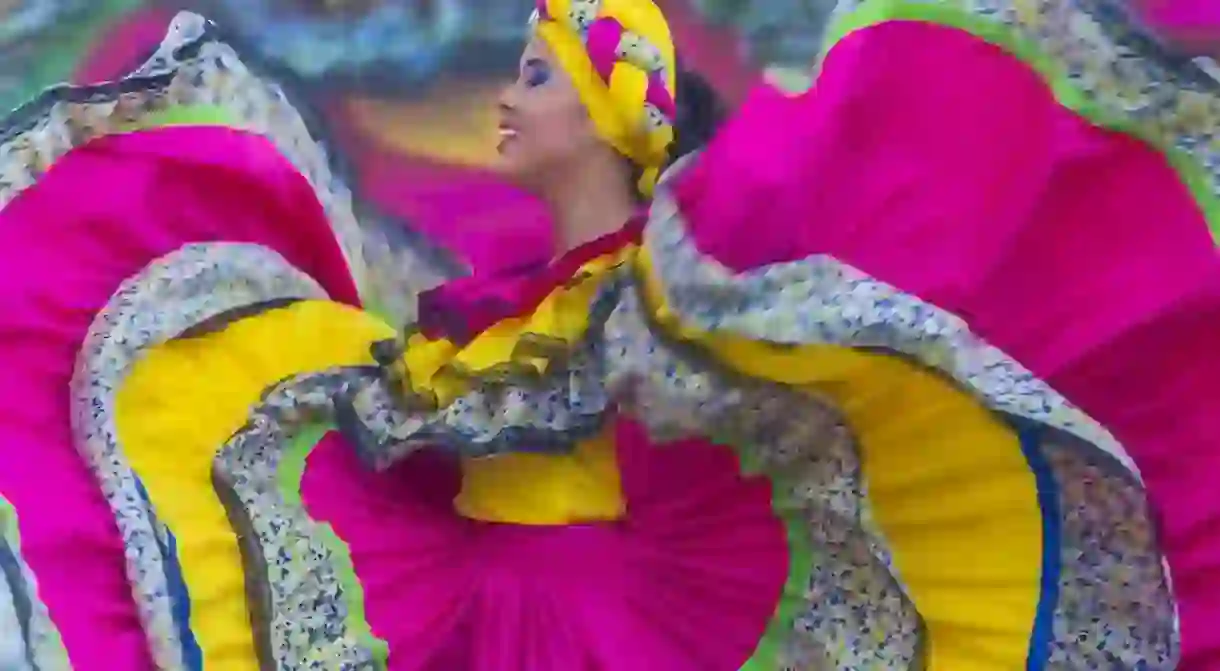6 Reasons Cali, Colombia is the Salsa Capital of the World

Cali, Colombia is the self-proclaimed salsa capital of the world; locals have adopted salsa as their own form of dance and created a unique music that local bars thrive off. Cali’s infectious beat can be felt throughout the city, with salsa music playing in every corner. Here are six reasons why Cali is the self-proclaimed salsa capital of the world.
They dance salsa better than anyone else
Cali is infected with salsa rhymes from small local bars to well-established, fashionable, high-end mansion clubs. Cali has over 200 registered dance schools catering to all levels, and that’s not including the private teachers and the local people who love to teach and offer tourists an insight into their passion – a small number of hostels even offer classes. In Cali, salsa runs in the blood, with the poorer neighborhoods embracing the dance and salsa culture the most. It is common to hear music playing in the streets all over the city with many bars offering new and traditional music.

In Cali, time stands still
Cali has a number of record enthusiasts who have turned their posters, records and historic memorabilia over to small local bars and salsa clubs. These collectors have also opened small record stores to allow people to learn about the music’s history and appreciate the sounds and rhythms of salsa. Many of these local shops and bars are like going back in time as there are collector items all over the walls; it’s like stepping into a music time capsule.
The city was introduced to Cuban rhythms
In the 1940s, music from Cuba began to arrive in Colombia through radio stations in Havana. In the 1950s Mexican musicals were shown daily on TV and featured Cuban swing bands and records from Argentina, Panama and Cuba. These two everyday influences started to make salsa more popular within communities who would listen to the radio habitually. In the ’50s and ’60s, small bars and clubs started to appear in the city and surrounding areas. Dancing and pre-salsa music was already popular within the city, and paved the way for salsa. Salsa became popular among many who saw it as an opportunity to express themselves in a way they never could before.

Colombia’s dubious past made way for a salsa future
Everyone knows Colombia’s history with cartels and narcotics, but while these dubious activities are part of the country’s history, they also made salsa popular. In the ’70s and ’80s the influx of money to the city allowed for a large number of bars and clubs to be created. Live bands were normal, and popular artists were flown in by private jets to play in swanky clubs and mansions. After the elimination of the drugs and violence, the city’s economy fell and so did the luxurious music venues and live shows. Although this is true, it was the local record stores, general stores and libraries that preserved the city’s salsa roots and maintained the rhythms that kept the city’s love for the music going.
Local discotecas are dedicated to its rhythms
Local disotecas can be found on every street corner in the salsa capital, blasting music throughout the day and keeping the city’s music alive. Cali has a tropical party vibe and salsa is everywhere; people dance into the early hours and throughout the day. The poorer neighborhoods kept the city’s rhythm alive when all hope was lost.

Salsa festivals take place often
The salsa capital of the world has a number of festivals that take place throughout the year, including some of the biggest in the world. Feria de Cali is a fair held every December and people from all over the world come to the party. This carnival and parade-style fair celebrates Cali’s salsa history with traditional salsa and live music. Salsa y Verano is a festival which takes place annually in July in the Parque de la Musica and offers workshops and live music. Festival Mundial de Salsa takes place in September and is predominately a competition in which over 5,000 dancers from all over the world compete. Delirio is a monthly show-style event that takes place on the last Friday of every month, and offers acrobatics, music and dancing.













